Cotton Swabs, Ear Drops or Candling? Learn the Best Way to Safely and Effectively Clean Ears

If you purchase an independently reviewed product or service through a link on our website, SPY.com may receive an affiliate commission.
Everyone’s got ears and so, at some point, everyone has asked the same question: What’s the best way to clean ears? We all know about cotton swabs, but are they the best way to clean ears? Which parts of the ear should you clean and how? We’ll answer those questions and more and share some of the best products to clean ears because, whether you’re cleaning your own ears or those of a loved one, you want to make sure you’re being safe and effective.
Today's Top Deals
These Amazon Security Cameras Are Going for Less Than $20 Each Right Now
Over 34,000 Users Gave These Fat Burner Supplements 5 Stars on Amazon
Yes, It’s Possible To Get AirPods for Less Than $100 — But Hurry, This Deal Won't Last Long
Read More: The Best Earplugs for Enjoying Loud Music Without Damaging Your Ears
Do I Need to Clean My Ears?
Assuming basic hygiene, you don’t actually have to clean your ears because ears are self-cleaning. It’s the ear wax, or cerumen, that protects ears and does the cleaning. According to the leading professional otolaryngology association (for ear-nose-throat doctors), dirt and debris get stuck in the wax, preventing them from getting deeper into the ear. Then, jaw movement and growing skin move the old wax outward, where it eventually flakes off or washes away. So whether you’re cleaning your ears or not, your ears are always and continuously cleaning themselves.
Why Do People Clean Their Ears If They Don’t Need To?
First, it feels amazing to stick a cotton swab in your inner ear, as anyone who’s done so can agree. (More on why you shouldn’t do that below.)
On the more serious side, in some cases the system can go awry and ear wax can over-accumulate, leading to a blockage, or what’s called an impaction. Impacted ear wax can block the ear canal, which can cause discomfort and hearing loss, even if it’s not a full impaction. The problem is more common in elderly people or those who use hearing aids, but it does happen naturally to some people due to any number of factors, such as genetics and personal hygiene.
Some cases of impaction can be treated at home with some of the methods below, but for more serious cases, going to an ear-nose-throat doctor who can diagnose and properly treat it is the best course of action.
What’s the Best Way to Clean Ears?
We know you’re going to clean your ears anyway, so before we tell you what not to do below, let’s get into what you can. The Mayo Clinic, the Cleveland Clinic and the previously mentioned ears-nose-throat association all agree on the following treatments.
Use ear drops to soften the wax. Cerumenolytics, aka ear drops, use hydrogen peroxide or carbamide peroxide (aka hydrogen peroxide – urea) to foam up, soften and break up ear wax. You can also purchase 3% hydrogen peroxide, dilute it 1:1 with water and use an eyedropper.
Use mineral oil to soften the wax. Mineral oil has a softening effect, which can help prepare wax to be washed out.
Use a bulb with warm water. Flushing the ear with warm water can also help soften and loosen wax as well as wash it away. Just make sure you’re standing over a sink or tub before gently shooting water in and tipping your head over.
Use a warm washcloth. A washcloth won’t get far into the ear, which is good and can help thoroughly clean the outer ear.
If there’s one takeaway from these recommendations, it’s that softening ear wax, and not physical removal, is the safest and best way to clean ears. You can also do some of these in conjunction with each other, like drops one day and then a bulb of warm water the next day when the wax is likely to be softer.
You’ll want to follow individual product instructions for any product, but here’s what worked for us in terms of cleansing with drops or hydrogen peroxide:
Lie on your side with the problem ear facing up.
Using an eyedropper, put five to 10 drops into your ear. Ear drops or hydrogen peroxide-water solution both work — half an eyedropper should do and you can always add more drops if you desire. Be careful not to stick the tip into your ear; you don’t want to get germs in your ear or ear gunk on the dropper. This also ensures no slips or accidents will force the dropper into your ear.
Let the drops work for five to 10 minutes to soften the wax. You may feel foaming or bubbling action, and it can feel a little strange.
Tilt your head over a sink or into a tissue to capture any drops and wax that come out.
If necessary, repeat later in the day.
If you experience any discomfort at any point, stop. You can always try again. However, it shouldn’t be painful. If you experience any pain or significant discomfort, you definitely want to go to a doctor to make sure nothing serious is going on.
What About Cotton Swabs, Ear Wax Candles and Suction Devices?
According to the experts, those are all no’s for cleaning ears.
Cotton swabs, though deeply satisfying in the moment, can push ear wax deeper into the ear canal. That wax then has a harder time riding its way out, meaning you’ve likely only made the problem worse. Inserting any object, cotton swab or otherwise, can also puncture the eardrum. There’s a reason not doing this is a unanimous recommendation from every authoritative source.
Ear wax candles, aka ear candling and ear coning, don’t actually work. Studies have shown that the supposed vacuum effects don’t exist and that any wax on the candle typically comes from the candle itself. Plus, using ear wax candles can leave candle wax in your ear, result in burns to your face or even damage your eardrum and inner ear.
Ear suction machines can be effective in the hands of a professional, but the kinds of devices you buy over the counter aren’t likely to be very effective and could damage your ear.
The Best Way to Clean Ears: Do’s and Don’ts
Don’t stick cotton swabs or other swabs into the ear canal.
Don’t use ear wax candles.
Do use ear drops with hydrogen peroxide or carbamide peroxide.
Do use mineral or olive oils to soften any wax.
Do use a bulb syringe with warm water.
Do use a warm washcloth.
Do reach out to a doctor with any concerns.
OK, now that we know what we should and shouldn’t be doing, check out a few products below to help clean your ears. With one or a few of them, you’ll have no trouble safely cleaning your ears in no time.
1. Debrox Earwax Removal Aid
BEST EAR DROPS
The Debrox Earwax Removal Aid ear drops are simple and effective. With 6.5% carbamide peroxide, you’ll feel the drops foaming up in your ear, working to break down ear wax buildup.
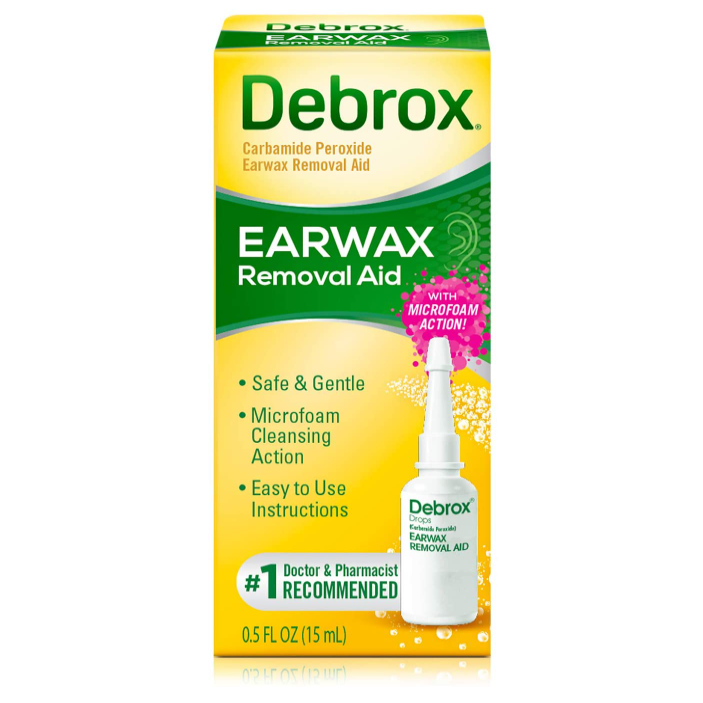
Buy: Debrox Earwax Removal Aid $16.99
Buy: Debrox Earwax Removal Aid $7.79
2. Amazon Brand Solimo Hydrogen Peroxide
BEST HYDROGEN PEROXIDE
If you’ve ever had any kind of open wound and sought treatment or dealt with someone else’s wound, then you’re familiar with the foaming cleansing power of hydrogen peroxide. That’s why it’s the active ingredient in most eye drops and also why you can buy it in bulk to clean your ears. The Amazon Brand Solimo Hydrogen Peroxide is pure, effective and offers a great bang for your buck.
Just make sure to dilute the hydrogen peroxide before using it because it could irritate the skin at its full strength. A 1:1 ratio works great to foam up and break down wax without risking your skin.
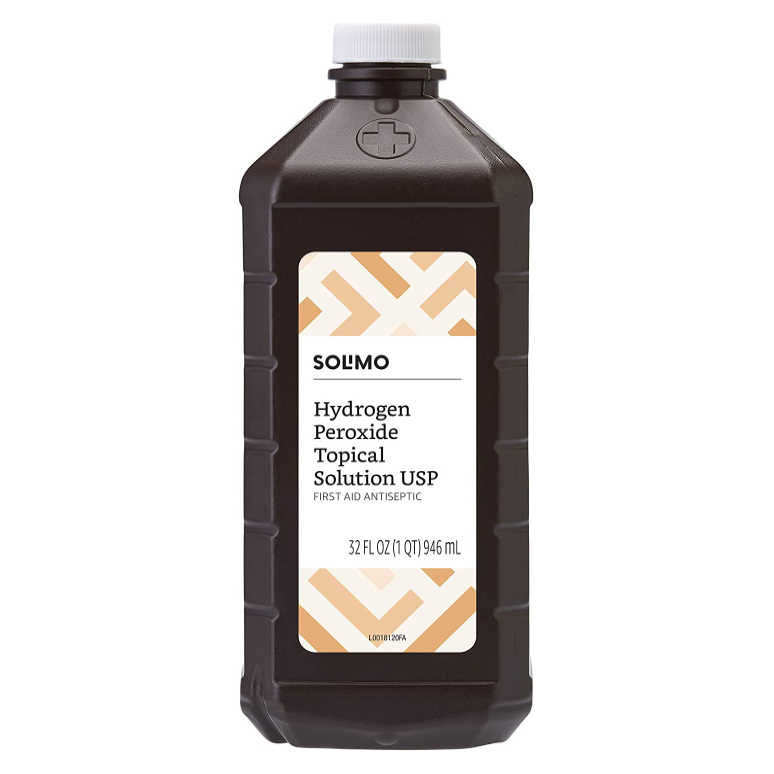
Buy: Amazon Brand Solimo Hydrogen Peroxide $6.07
3. Busse Bulb Syringe
BEST BULB SYRINGE
A bulb syringe like the Busse Bulb Syringe makes flushing ears out with warm water all too easy. Just suck up some warm water with the long tip, hang your head over the sink, put the tip of the bulb near your ear (but not inside or blocking the ear canal) and gently squeeze the bulb to irrigate your ear.
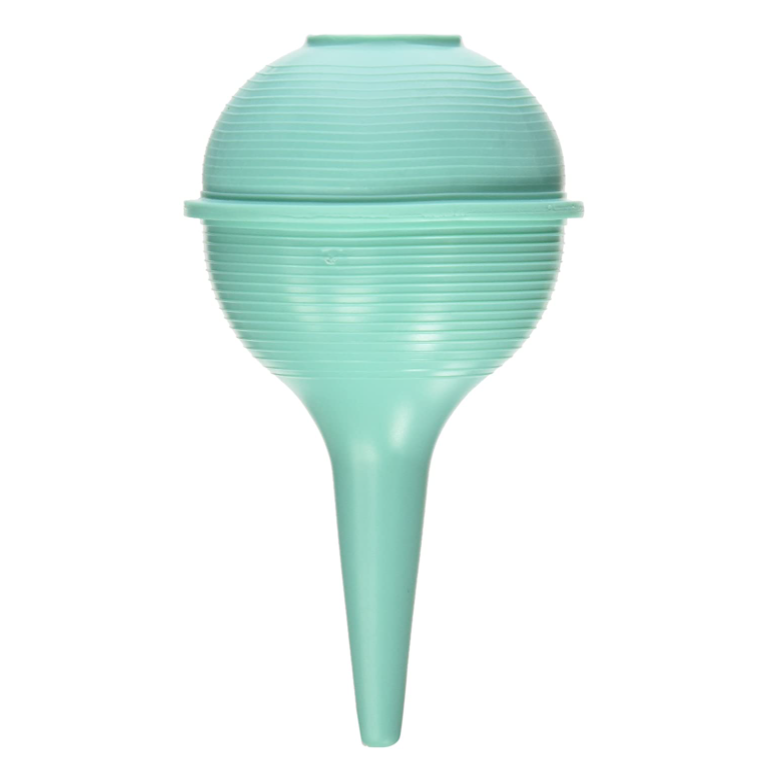
4. Swan Mineral Oil
BEST MINERAL OIL
Swan Mineral Oil is just 16 ounces of pure mineral oil, perfect for breaking down ear wax. Just follow the same process you would for ear drops: Using an eyedropper, add a few drops to your problem ear. Let the mineral oil work for a few minutes to break up the wax before tilting your head over to pour the oil out and into the sink or a tissue. Plus, if you’re ever feeling constipated, mineral oil also helps with that.
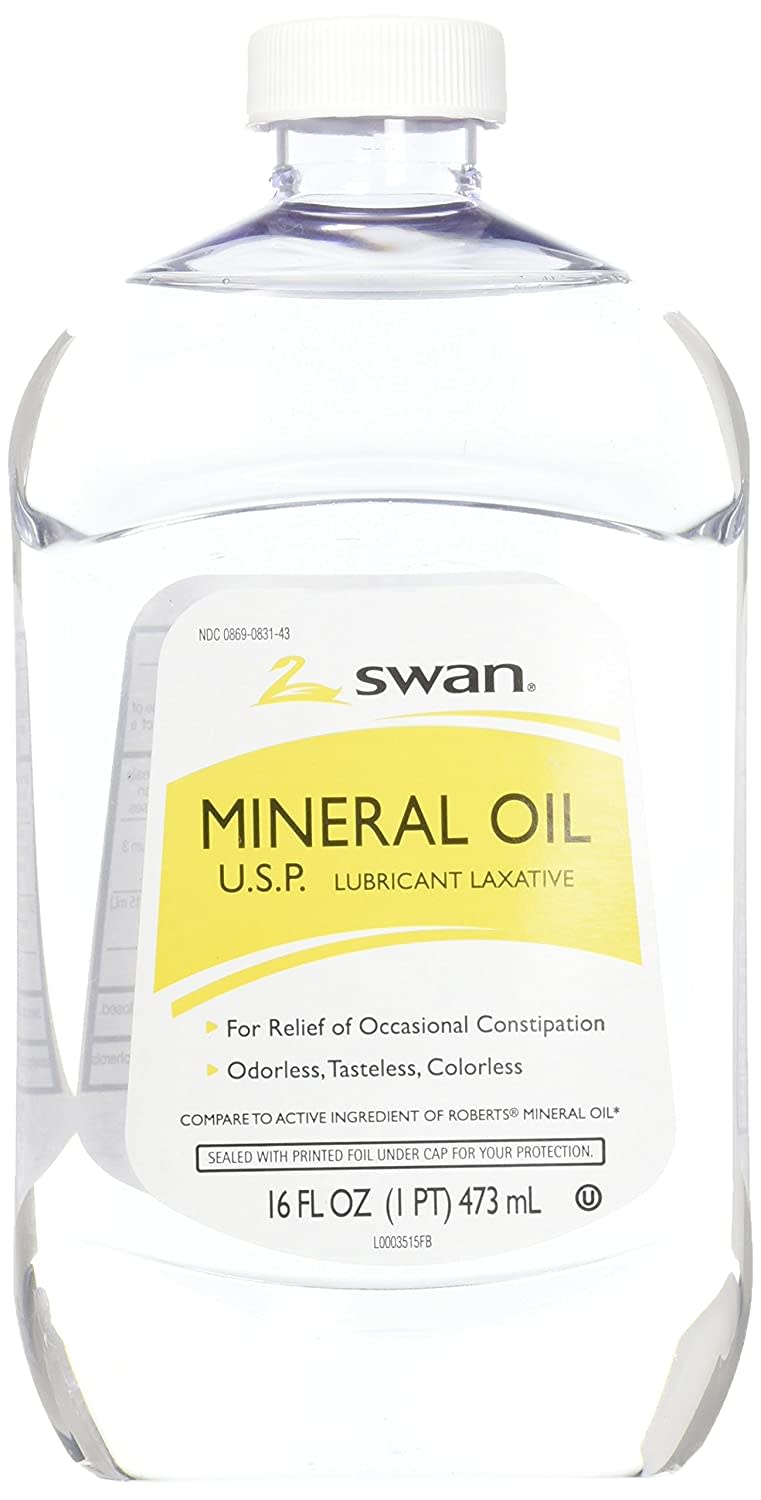
5. MEDca Eyedroppers
BEST EYEDROPPER
This two-pack of MEDca Eyedroppers has a straight eyedropper and an angled one for getting into parts of bottles more easily. You can use them for a hydrogen peroxide mixture or mineral oil.
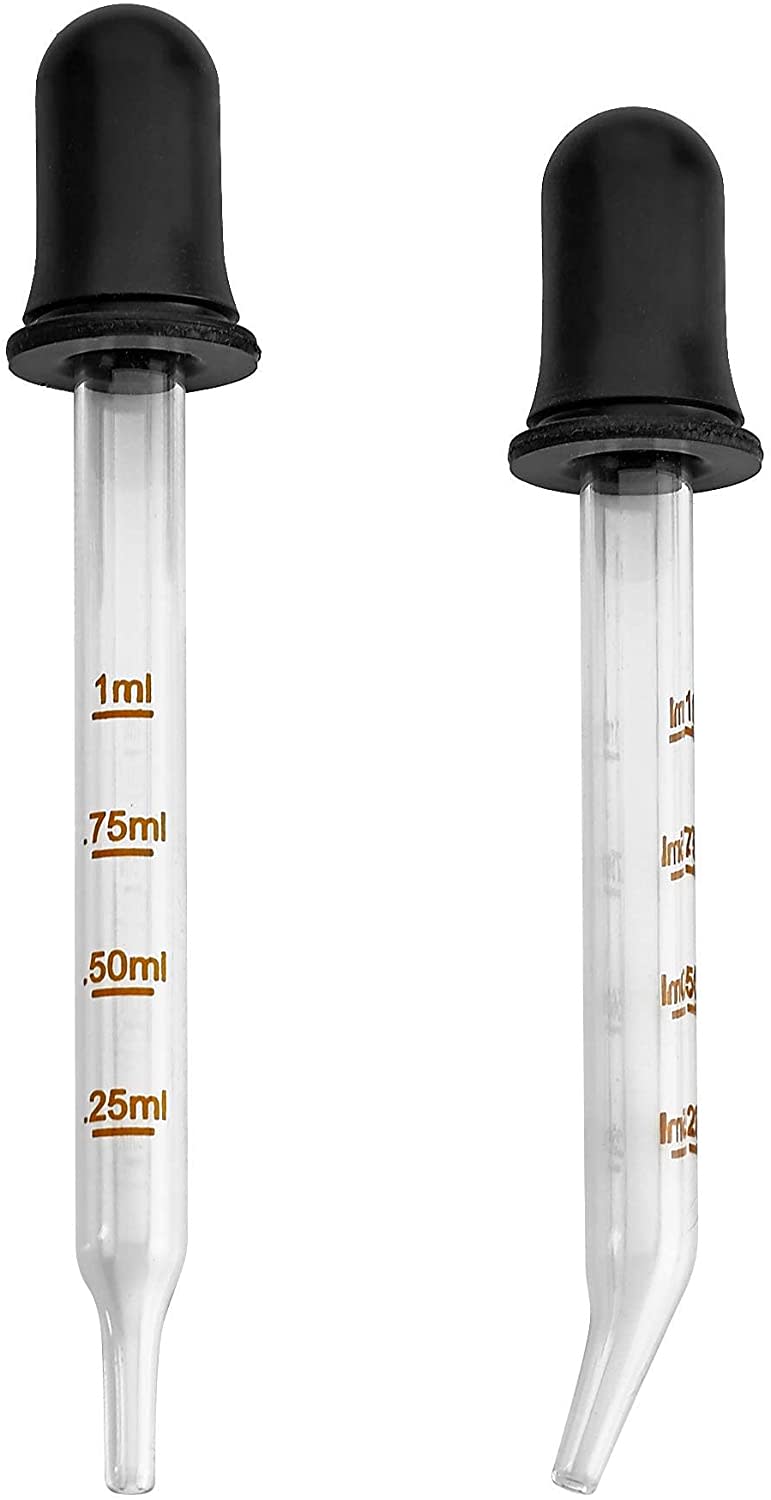
6. Sky Organics Organic Cotton Swabs
BEST COTTON SWABS
The actual rule of thumb for ears is to never put anything near them that could end up inside them. But as long as you’re not sticking them into your ear canal, your risk is minimal and cotton swabs can be useful for cleaning external parts of the ear. The Sky Organics Organic Cotton Swabs come in a 500-count pack and are 100% biodegradable, so even if you’re breaking the ear-cleaning rules, at least you’re not breaking the environment too.
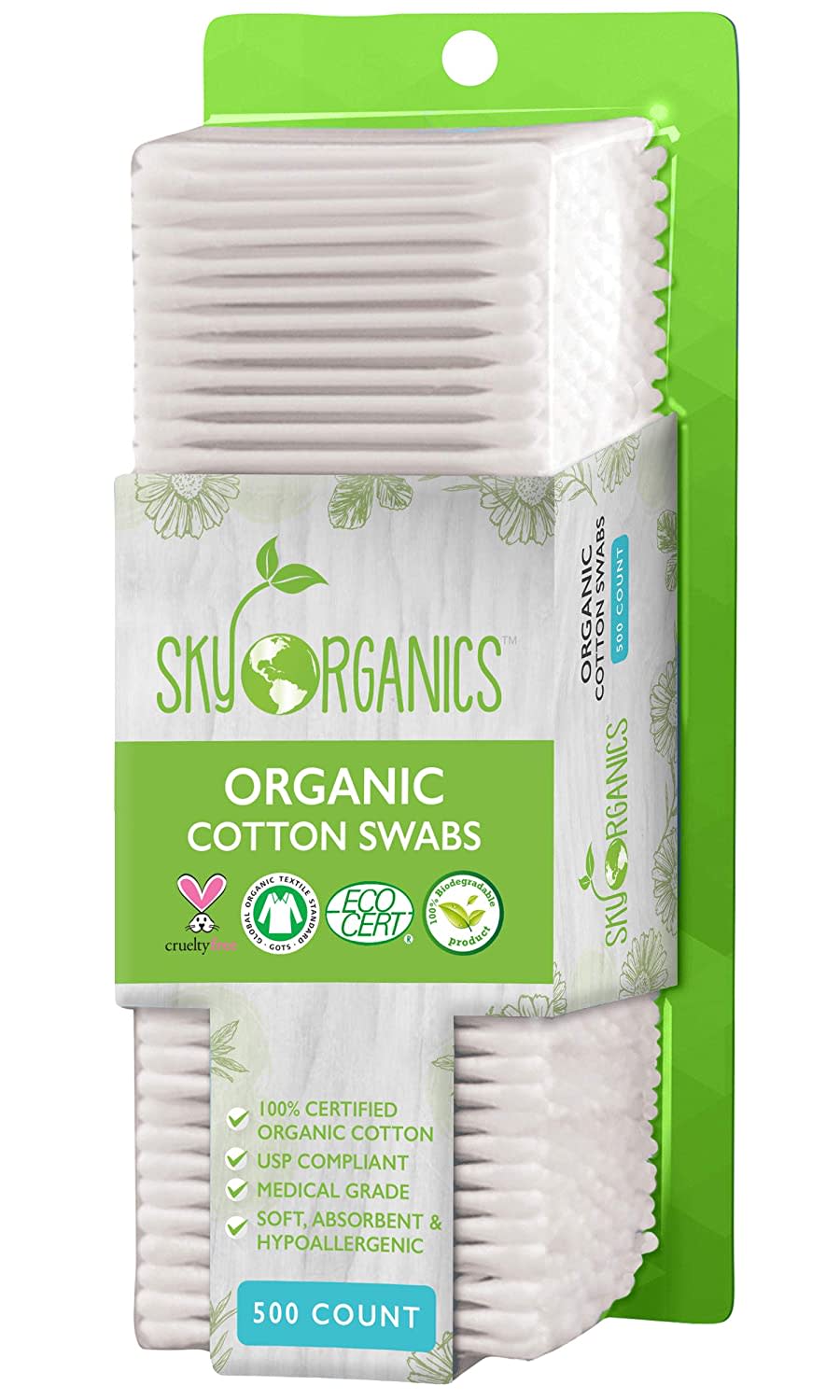
Buy: Sky Organics Organic Cotton Swabs $8.99
More Top Deals from SPY
Best of SPY

